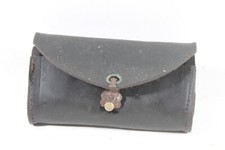Xlobsterman
Cruisin' on my Bluebird
About the strike. It's been "said" that an estimated 1400 assembly workers walked off the job for thirteen weeks. That doesn't mean all the workers walked off the job and it's not mentioned how many were still working. So what's their definition of assembly workers? Does that include frame builders, wheel builders, and everyone that actually made the parts? After the strike it's said Schwinn only hired back 65% (910?) of the workers. Were those just the ones that walked off the job and not the ones that did not walk off the job and stayed and were still working? In 1983 Schwinn shuts down the Chicago plant and lays off 1800 workers.
The strike definitely crippled Schwinn's Chicago production, but it did not shut everything down in Chicago for 13 weeks. At this time there was no Union in the Schwinn household so some production of finished products could have continued but in very small quantities.
I highly doubt many (if any at all) workers were crossing any picket lines in a city like Chicago. If any did continue to work, I am sure they were sneaking in through a back door somewhere? And my theory on why there are so many MR (Dec 80) frames out there is because of the possibility of a few workers wanting to make some money during the Christmas season so their families could have lots of presents under the tree........LOL
Anyhow, this is just seems to be another one of those unsolved mysteries surrounding the Schwinn company during their troubled times.



















